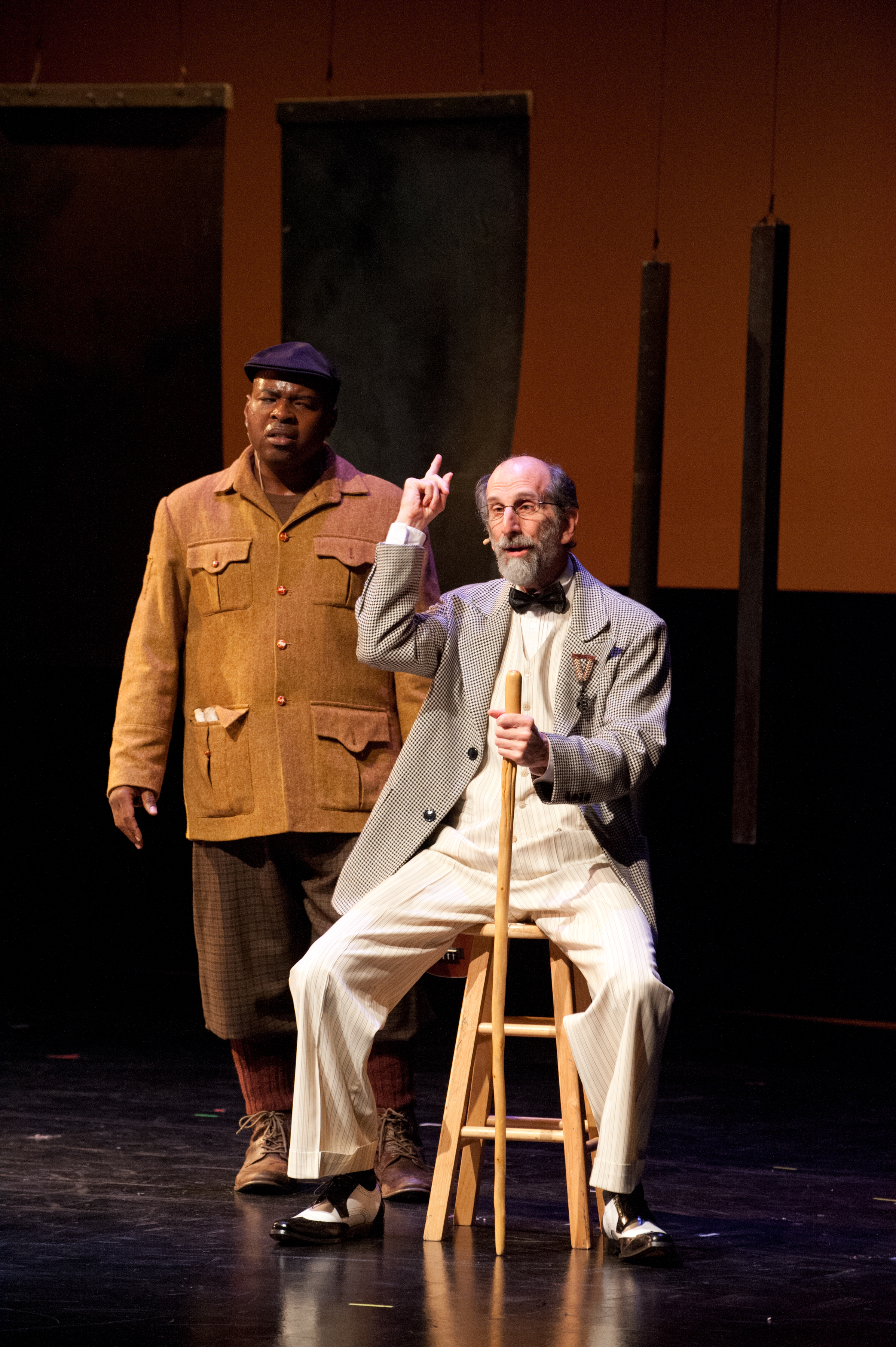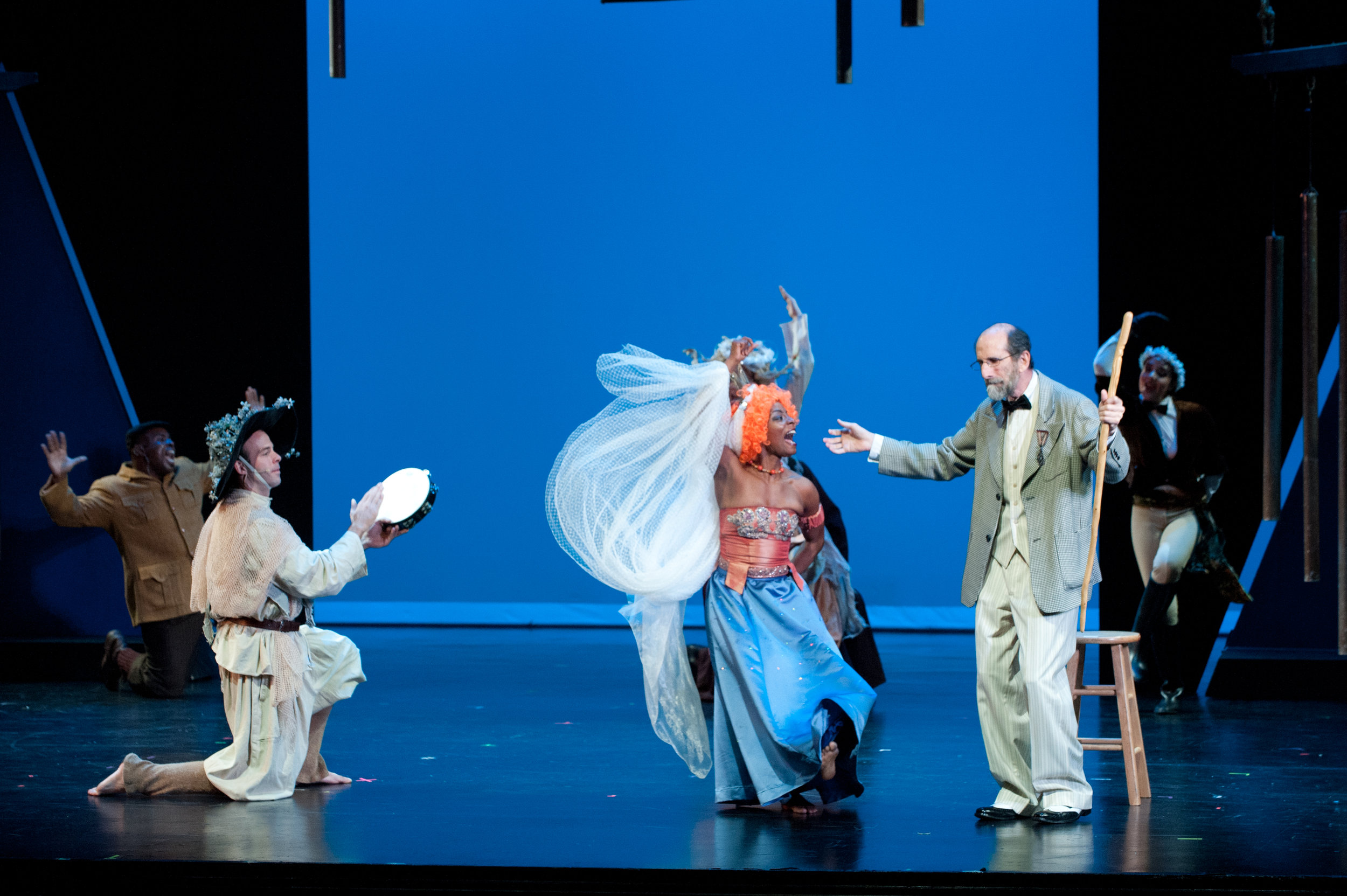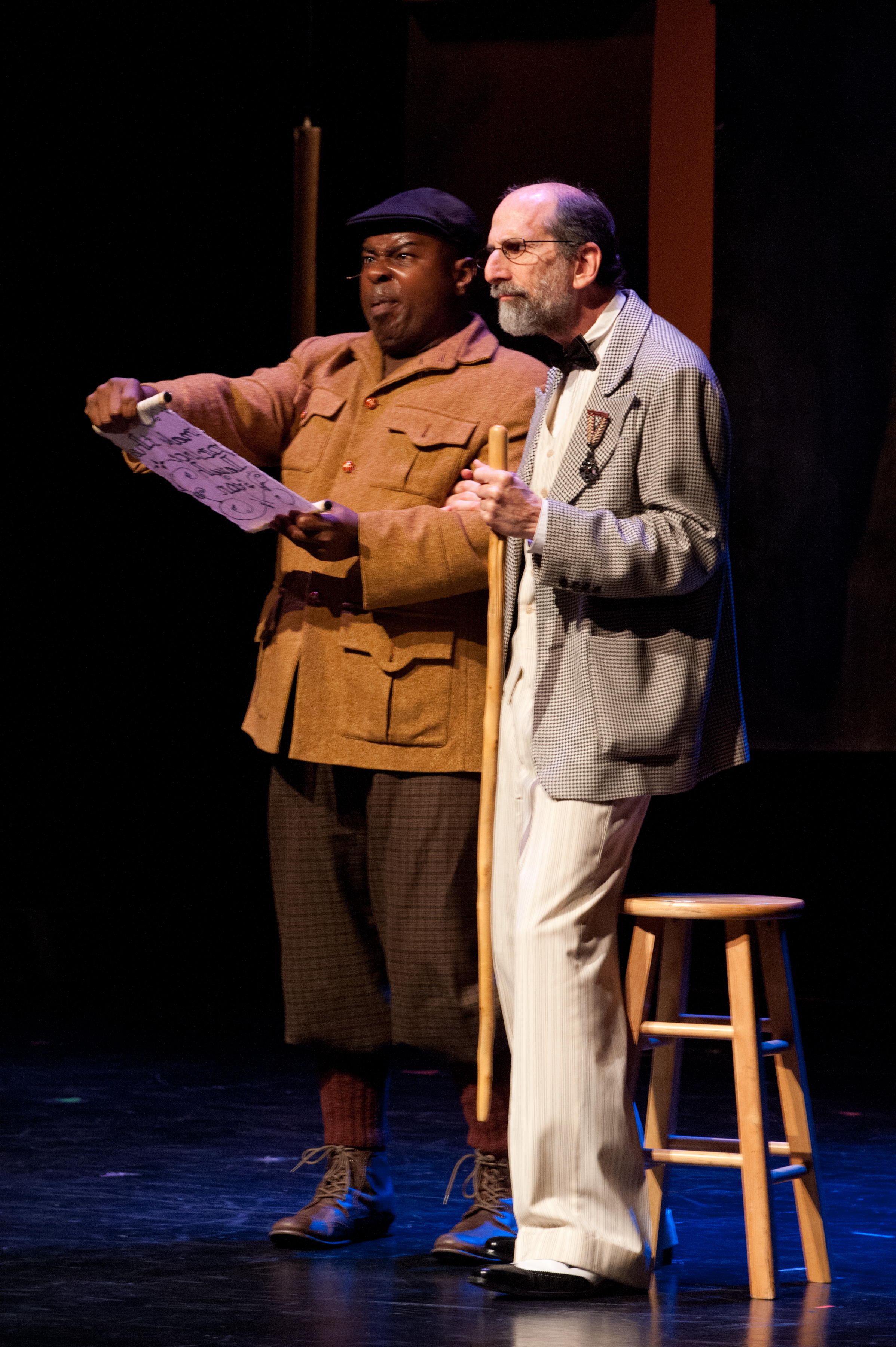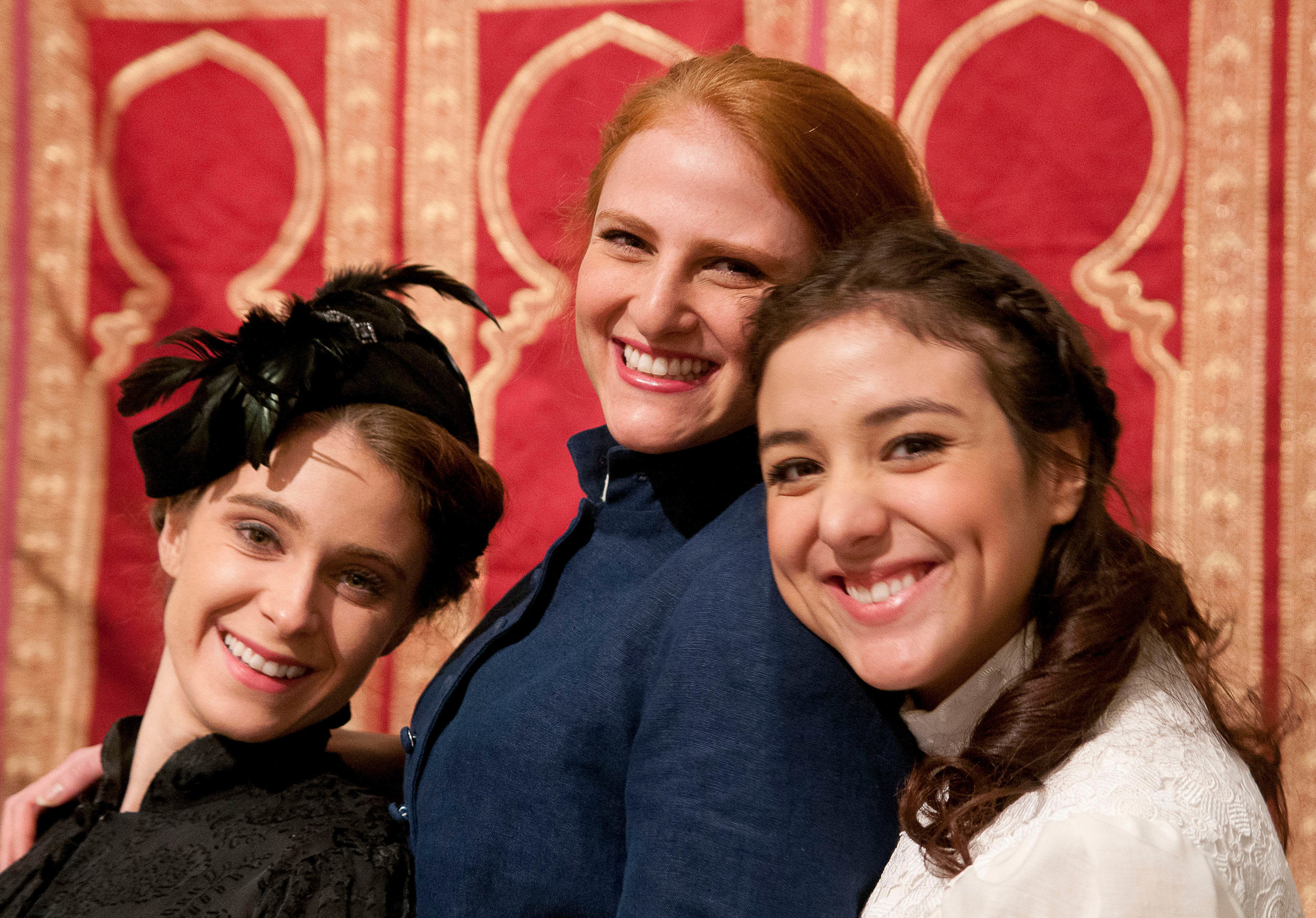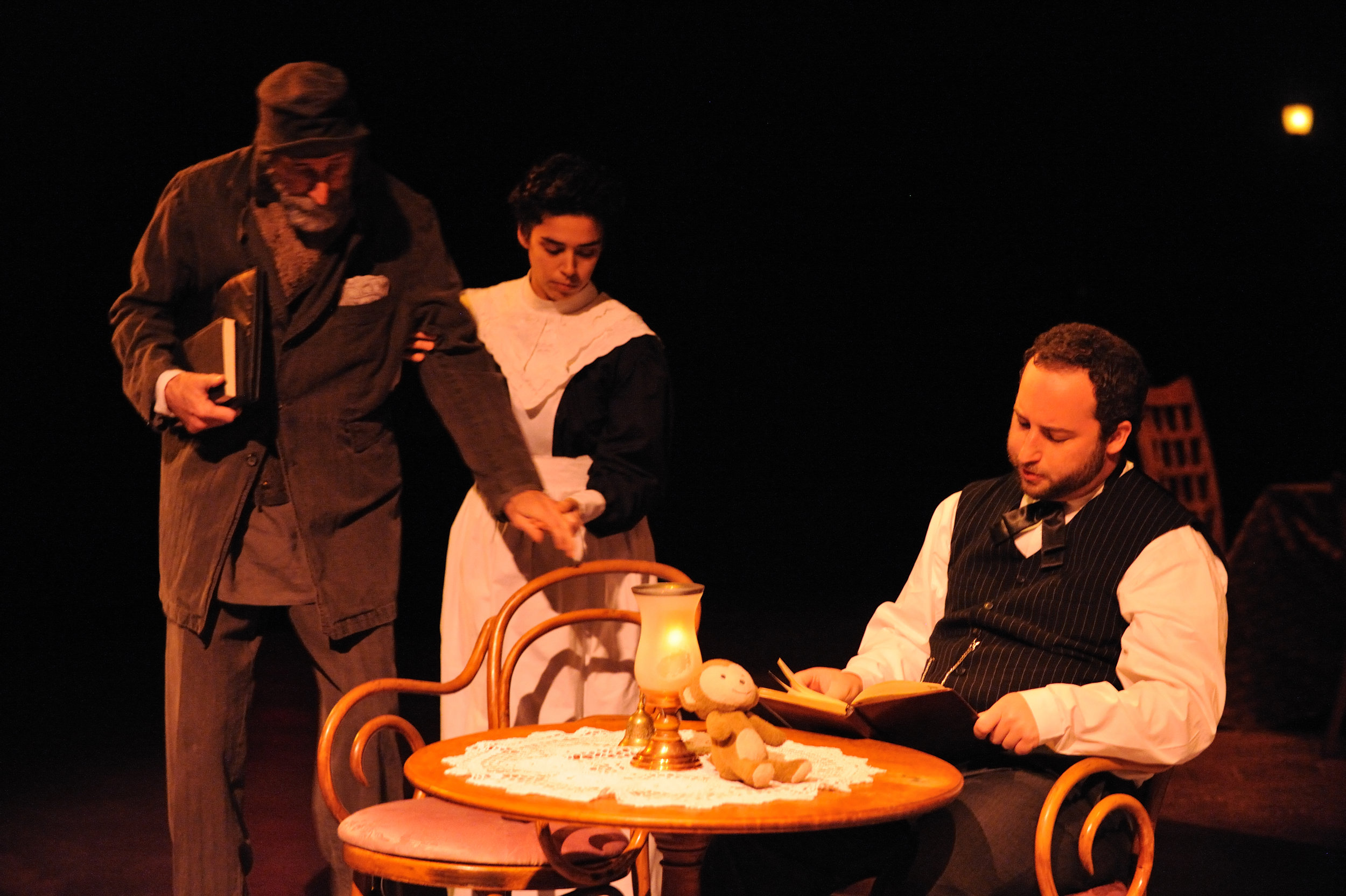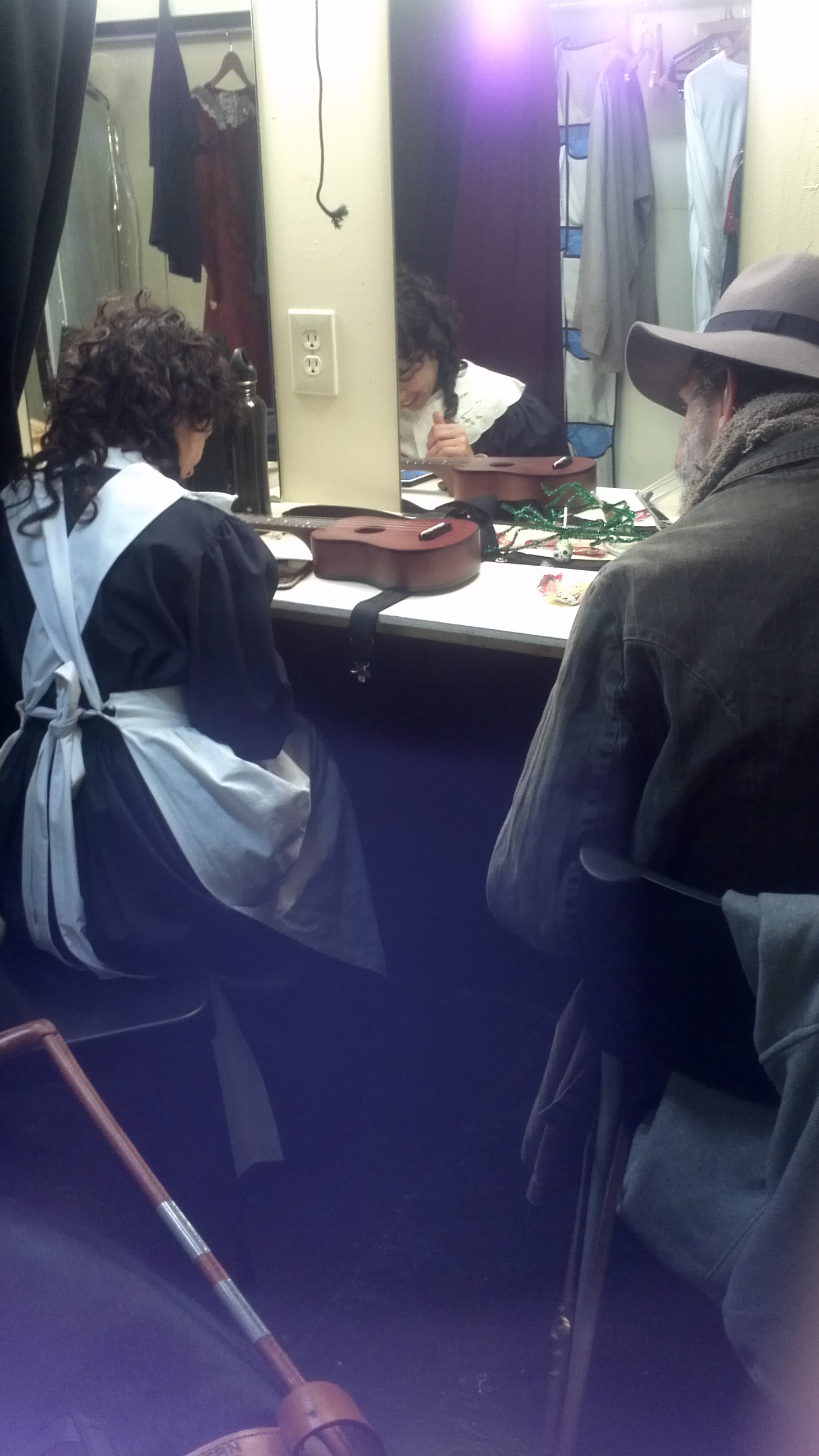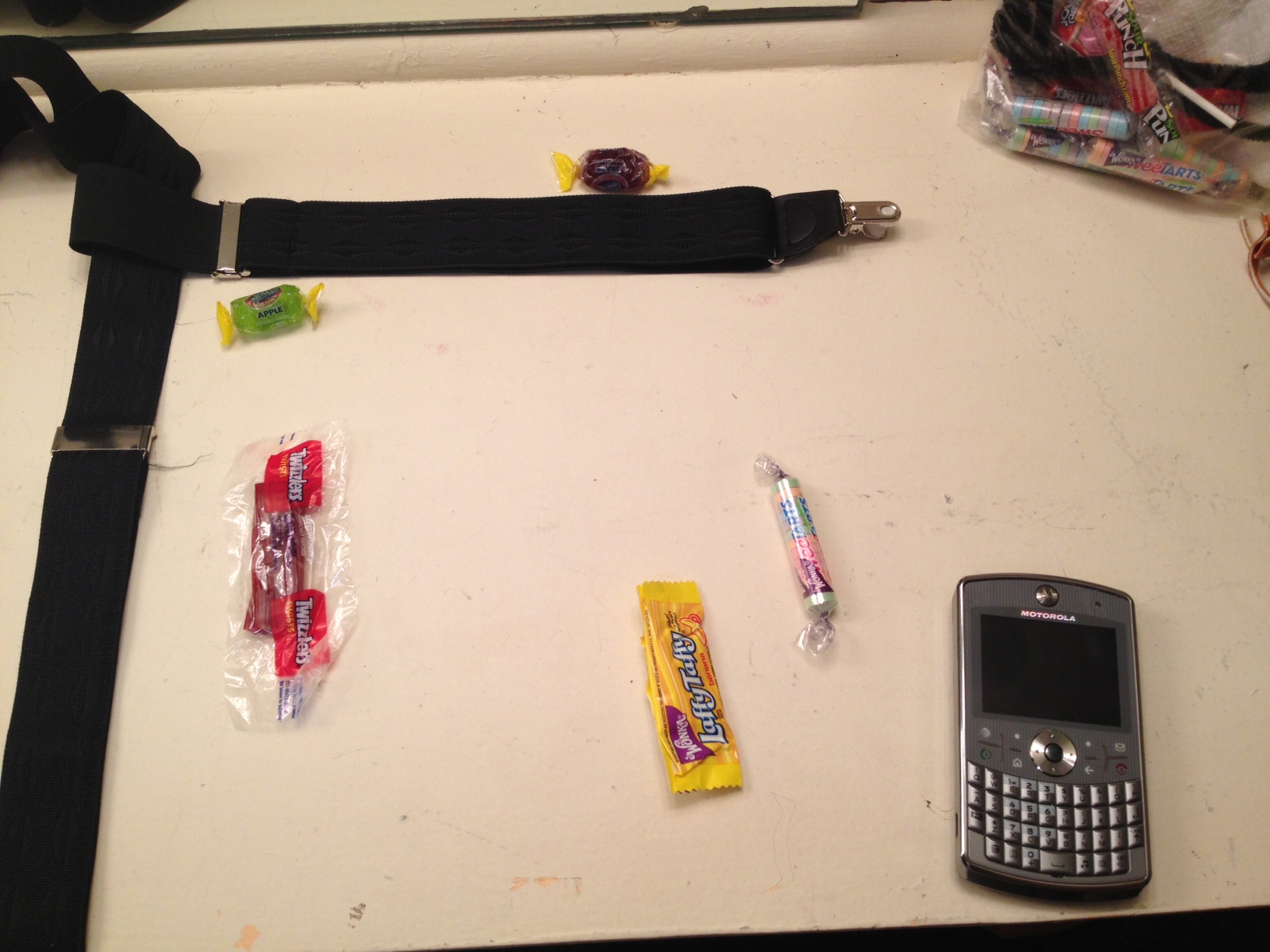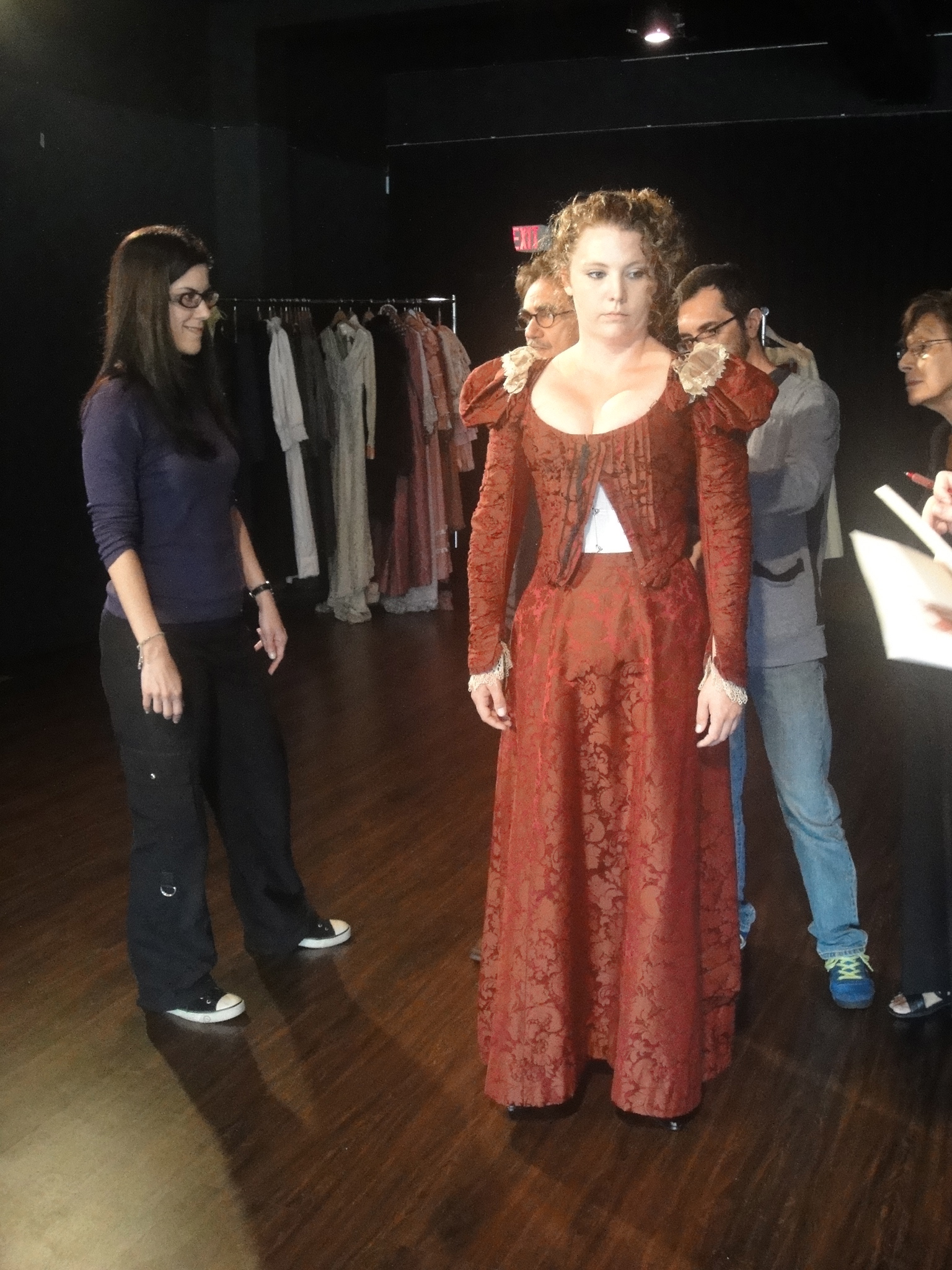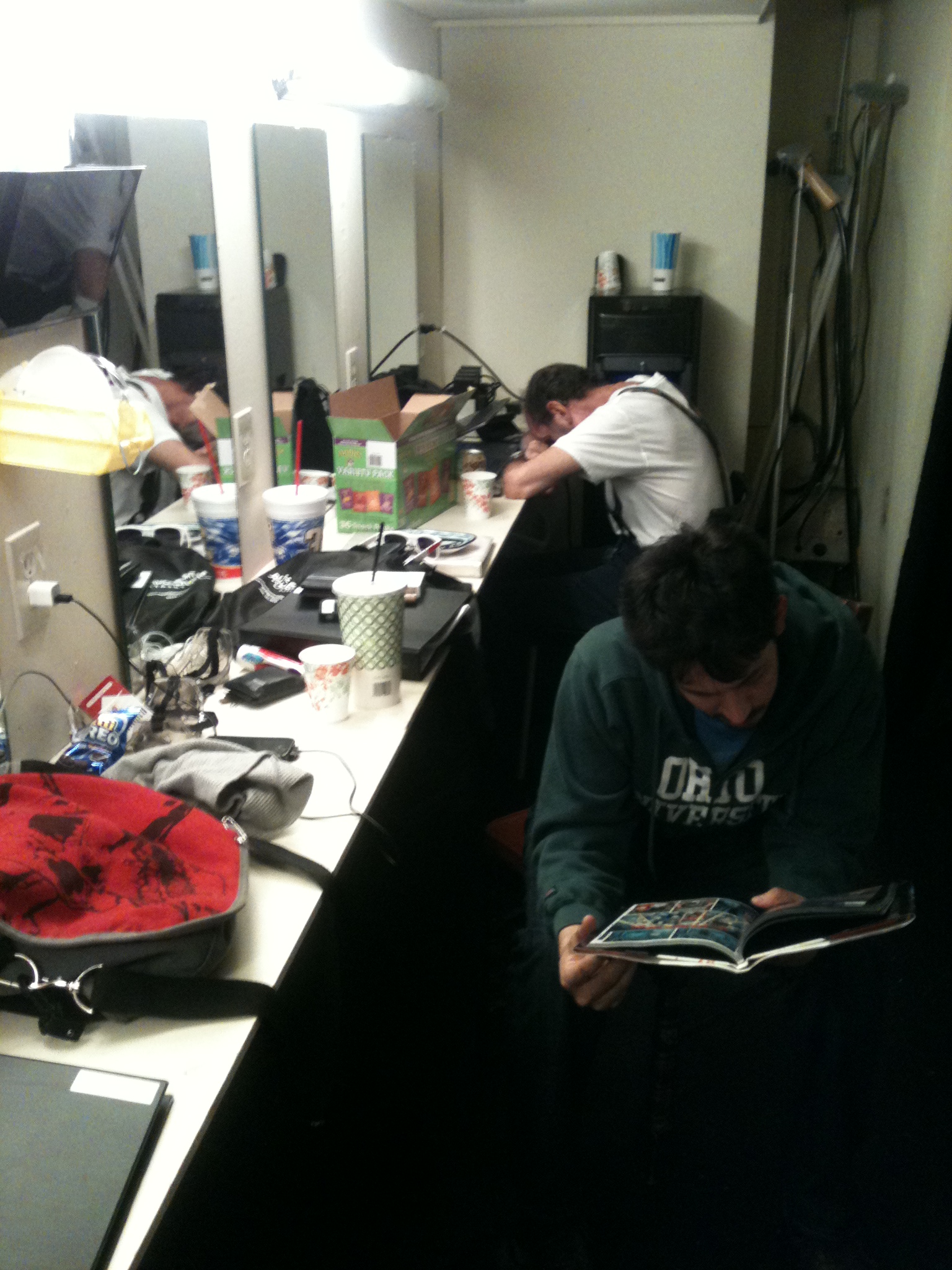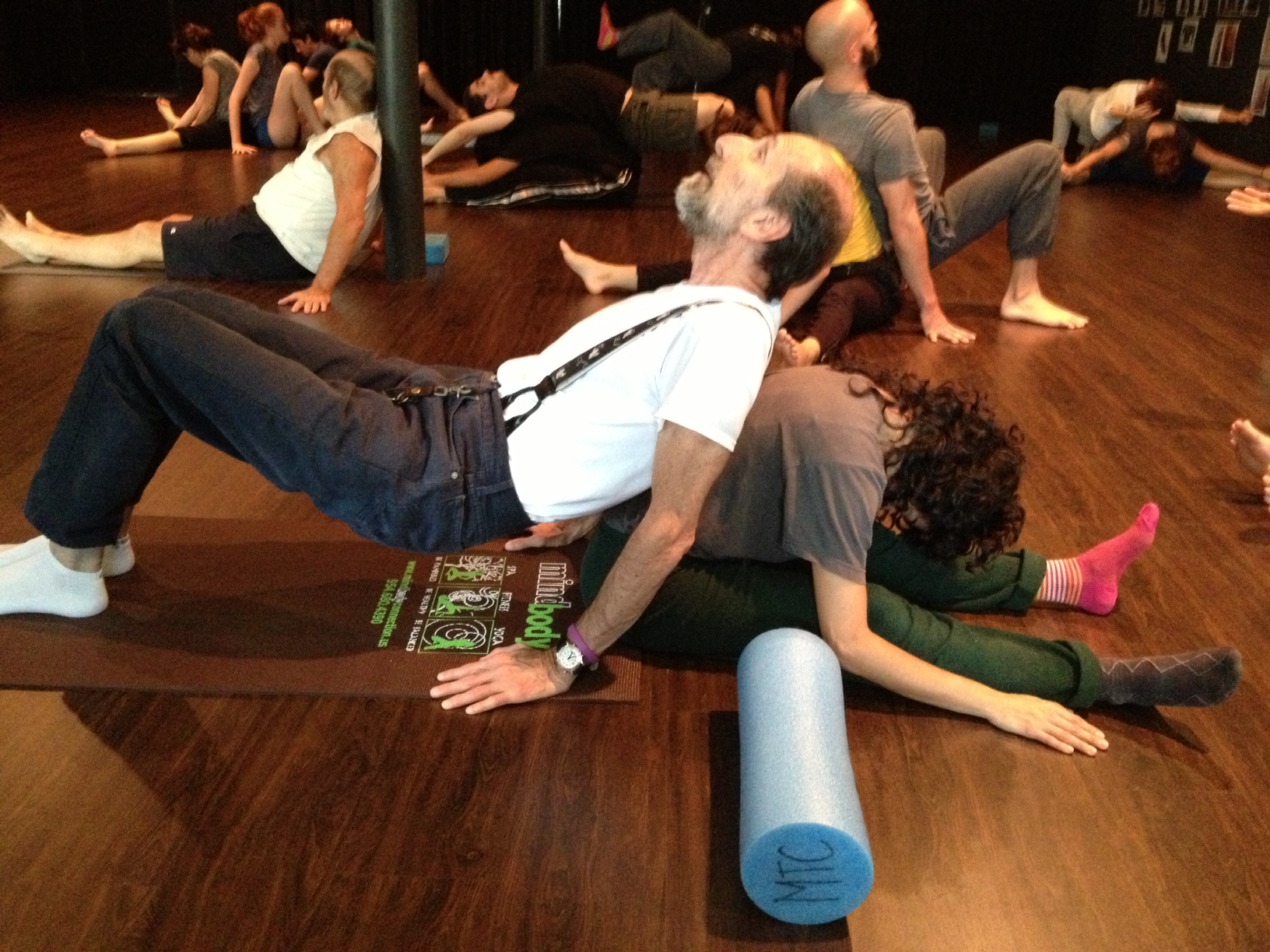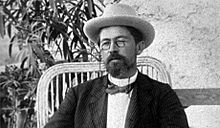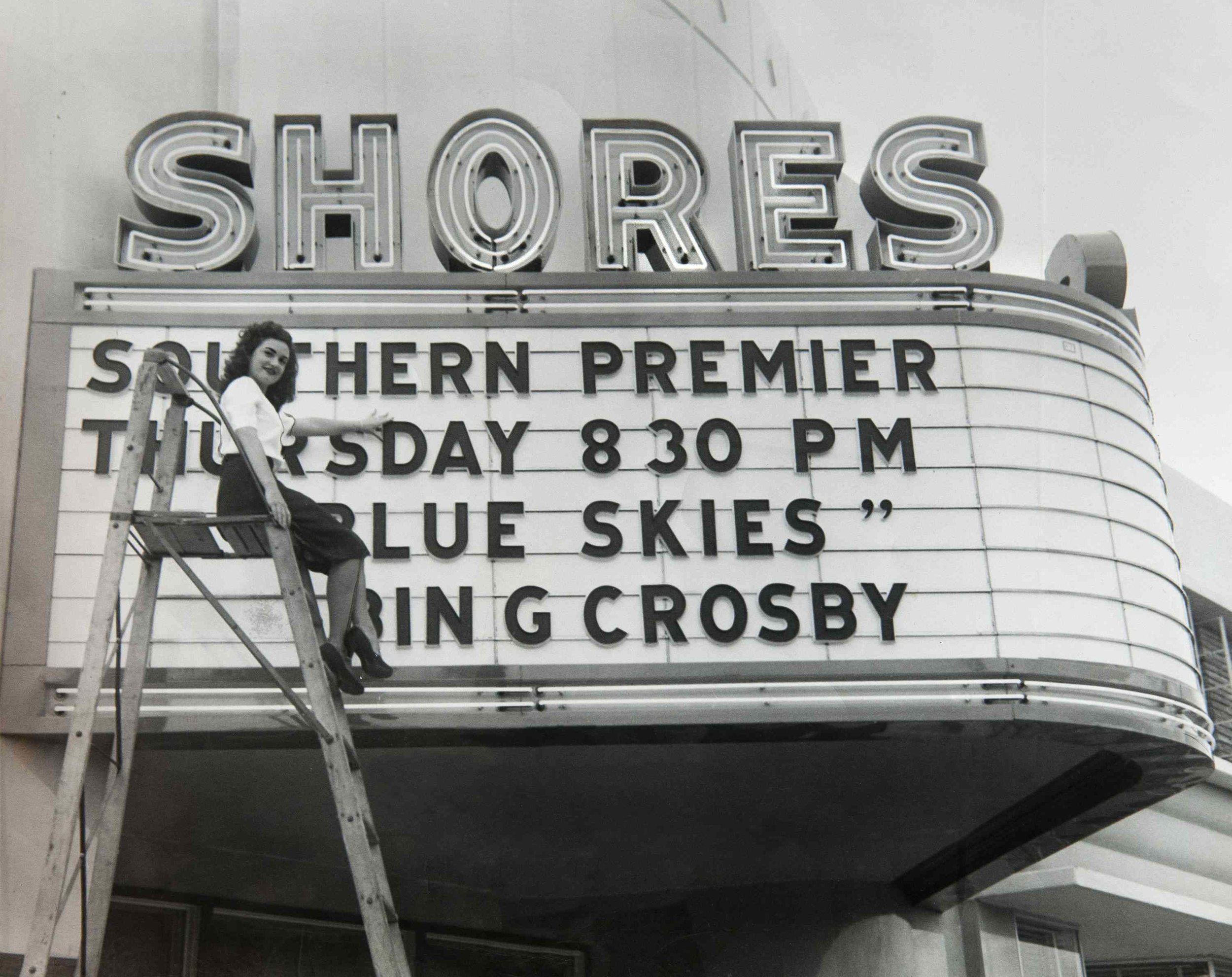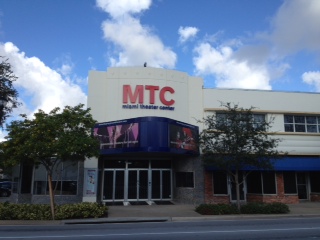Cast Photographs by Mitchell Zachs Photo of Geordi La Forge courtesy of www.stagefisher.com
I think about the crew of the starship Enterprise – Asian, African, Russian, Scottish, Vulcan, American – and the perhaps elegantly unintentional message it sent: Diversity can run one of the most powerful starships in the universe.
Then I recalled a Star Trek episode with the paralyzed Captain Pike – dependent on a brainwave-operated wheelchair. And in Star Trek: The Next Generation, there’s blind Lieutenant Commander Geordi La Forge, with a super-bad visor that allows him to see.
The series got it right. Ability is what counts, not race, nationality, gender, age or disability.
That was the 23rd century. Fast backward to the 13th century.
The year is 1236 AD and the place is Cordoba, Spain. Christians, Muslims and Jews have been living in this town for hundreds of years, coexisting peacefully, tolerant, respectful and appreciative of their differences.
This medieval world is illuminated in a new play, Everybody Drinks the Same Water, having its premier at the Miami Theater Center in Miami Shores. It is historical fiction centered in Cordoba, “The Ornament of the World.” There are aqueducts (built by the Romans) bringing clean water into public baths, fountains and homes. Serious advancement is occurring in philosophy, medicine, architecture, science and law by the multi-racial and multi-cultural inhabitants of this progressive medieval city.
The terribly handsome guy in the turban is yours truly, playing the Qadi, a Muslim judge. The Qadi is also blind. Kudos to artistic director Stephanie Ansin for creating such diverse characters and casting diverse actors to play these roles.
As a performer with a disability, I’m abundantly aware of the lack of characters with disabilities on our stages and big and small screens. For example, there is a massive gap between the 13% of Americans with an obvious disability, and the less than 1% of prime time disabled series regulars on broadcast TV.
The crazy next-door neighbor, the DNA expert, the girlfriend, the eccentric grandpa, the guy eating beef stew, the lawyer, and the hundreds of other roles that are being cast every day around this country, don’t specify a disability. But they could be played as a character with a disability since there are many disabled folks who are these people in the real world.
A major problem is that the mindset of most story-makers is that if a character with a disability is featured, the story must somehow be about their impairment. Not! The most interesting stuff happens when there is no attention paid to the disability and the dialogue remains focused on the character. Once the focus is taken off the disability, the character is no longer a super hero or victim, but a fully realized being, with an extra dimension.
What is cool in our play is that there is no reference to my character being blind. He is a central Muslim figure in a city of 500,000 people, going toe to toe with the new Christian ruler, Queen Berenguela.
I perambulate around a movable rectangular platform that sits atop the stage. It is also positioned on a 30 degree angle. Many directors would be leery about having a blind actor on this surface. Not Stephanie. She is focused entirely on the total character. She gets it right.
Inclusion, diversity and tolerance – that’s the way of the world. And our theaters, films, television and other media serve us well when the people on the stage and screen look and sound like the people who are watching the show.





